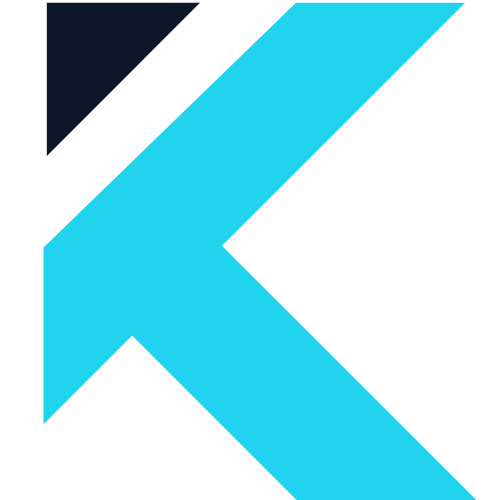The crypto world is experiencing rapid innovation, and Cardano is at the forefront with its groundbreaking developments in Hydra and smart contracts. These two technologies are poised to transform how companies, particularly startups, handle payroll. The combination of Hydra’s exceptional transaction speed and the automation capabilities of smart contracts creates a powerful solution for modern finance. This not only streamlines operations but also opens up opportunities for financial inclusion, providing essential services to millions of unbanked individuals globally.
The Power of Hydra and Smart Contracts
Scaling a blockchain to handle a massive number of users is a significant challenge, but Cardano has addressed this with Hydra. Launched on the mainnet in May 2023, Hydra acts as a secondary layer, effectively adding more lanes to a congested highway to process transactions faster before they are settled on the main chain. Each new “Hydra head” increases the network’s capacity, allowing it to scale in line with demand. With the potential for thousands of transactions per second, Hydra gives Cardano a competitive edge against fast rivals like Solana and Ethereum’s various rollups.
Crucially, Hydra works seamlessly with Cardano’s smart contracts and tokens. While smart contracts were introduced with the Alonzo upgrade in 2021, their adoption has been accelerating in 2025. Platforms like Minswap and Indigo are seeing a surge in users and capital, pushing the total funds locked in DeFi to new highs. This synergy between Hydra’s speed and the utility of smart contracts is a game-changer for applications like crypto payroll, enabling efficient and automated payment systems.
A Pathway to Financial Inclusion
One of the most compelling aspects of crypto payroll is its ability to serve the unbanked. Traditional banking systems often exclude millions of people around the world who lack access to formal financial services. Blockchain-based systems, however, can cater to anyone with an internet connection, regardless of their location or banking status. This empowers remote workers and promotes financial inclusion, giving them a foothold in the digital economy. Companies can automate their payroll processes, ensuring timely payments to contractors and employees who may not have access to traditional banking avenues, thereby optimizing their payment systems and providing a vital service.
On-Chain Data and Investor Confidence
The confidence in Cardano is growing, as evidenced by on-chain data. In 2025, large holders, or “whales,” acquired over 200 million ADA in a short period, signaling a strong vote of confidence in the asset. Staking also remains a cornerstone of the network, with Cardano still one of the most staked blockchains, boasting millions of wallets securing it. Metrics like wallet growth and transaction activity are on the rise, and historically, such spikes have often preceded significant price rallies. These on-chain signals indicate a healthy and growing ecosystem.
ADA Price Predictions and Future Challenges
Looking ahead, a few different price scenarios are in play for ADA. A bullish view suggests that continued adoption of Hydra and ecosystem growth could drive the price to retest its all-time high of $3.10. A more neutral outlook places ADA in the $1.50 to $2.30 range, reflecting gradual progress. A bearish outcome could see a market dip or slow adoption, keeping the price between $0.70 and $1.00.
Despite its strengths, Cardano faces challenges. It competes with other major blockchains, and its deliberate, slow-and-steady development approach is often criticized. The price of ADA is also heavily influenced by Bitcoin and overall market sentiment. Regulatory shifts could pose further risks. However, with its advancements in scalability and utility, Cardano is on a promising path to make a significant impact on the future of work and digital finance.
Read More: Cardano’s Ascent: A Golden Cross Amid Economic Headwinds






















